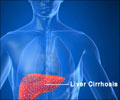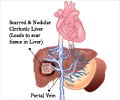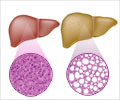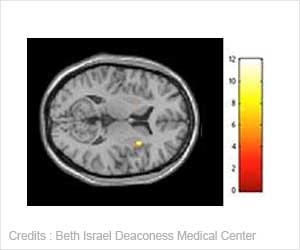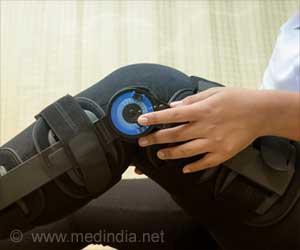Sarcopenia—a loss of skeletal muscle mass, could be linked to an increased risk of sepsis and mortality in patients undergoing live donor liver transplantation, a new study found
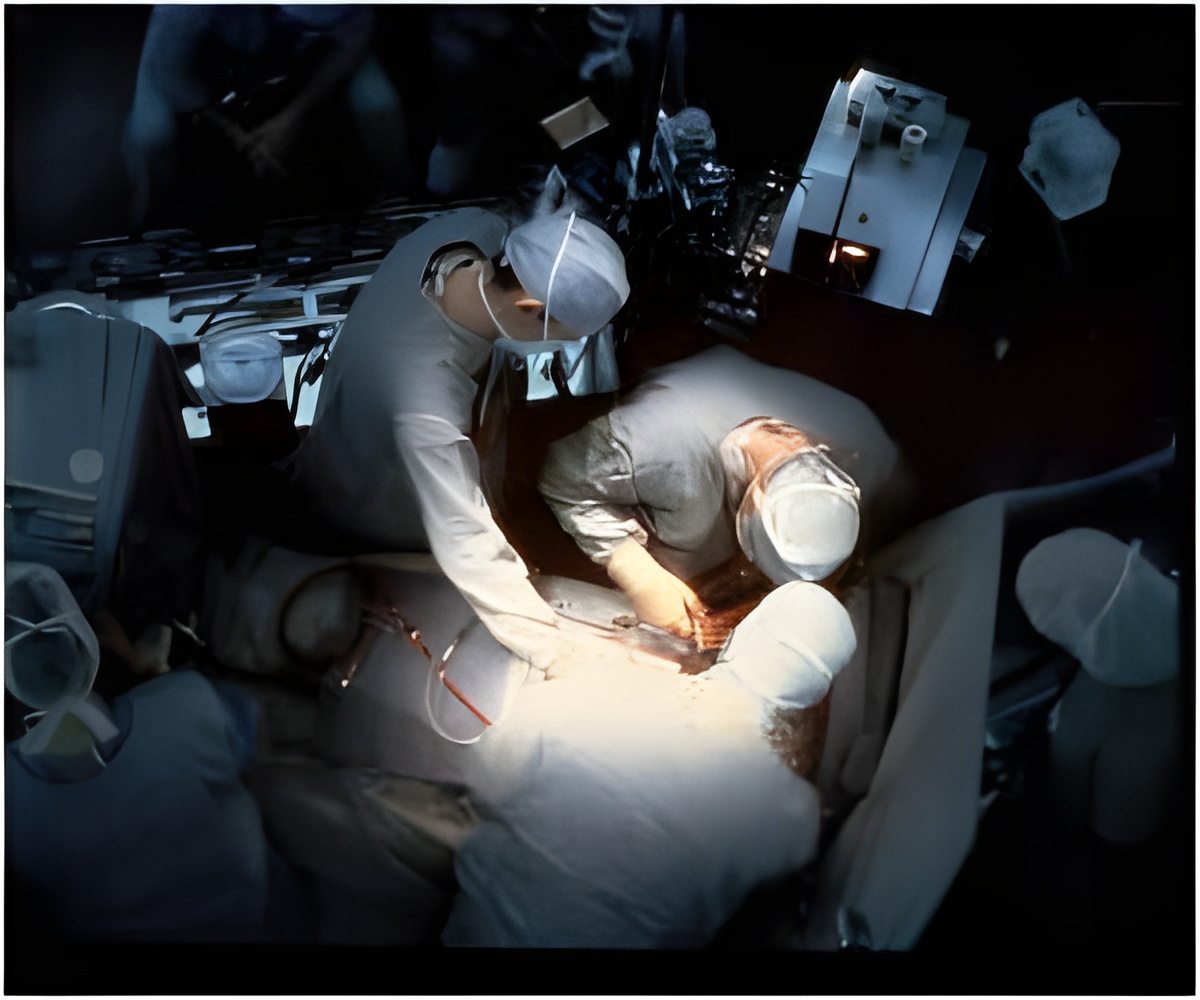
The present study, led by Ken Shirabe, MD, PhD from Kyushu University in Fukuoka, Japan evaluated 204 patients prior to living-donor liver transplantation between November 2003 and December 2011. Computed tomography (CT) scans were taken of patients to measure muscle mass along the lower back region (psoas muscle).
Close to 50% of subjects were diagnosed with sarcopenia; 58% in men and 36% in women. Analyses indicate that patients with sarcopenia had a 2-fold higher risk of death than those without muscle loss. Sarcopenia was independently linked to overall survival and a predictor of sepsis following transplantation.
Enteral nutrition was provided within 48 hours of transplantation in 24% of candidates undergoing live-donor liver transplants from 2003 to 2007, and in 100% of subjects transplanted in 2008 through 2011. After providing routine nutritional support, the incidence of sepsis dropped from 28% (2003-2007) to 11% (2008-2011) in the transplant candidates.
"Our findings indicate that sarcopenia independently predicts mortality and increases sepsis risk in live-donor liver transplant recipient," concludes Dr. Shirabe. "Sepsis was reduced in patients with sarcopenia when nutritional intervention was used. Treatment of malnutrition in transplant candidates may reduce risk of death following transplantation, but larger studies are needed to confirm this evidence."
 MEDINDIA
MEDINDIA



 Email
Email
